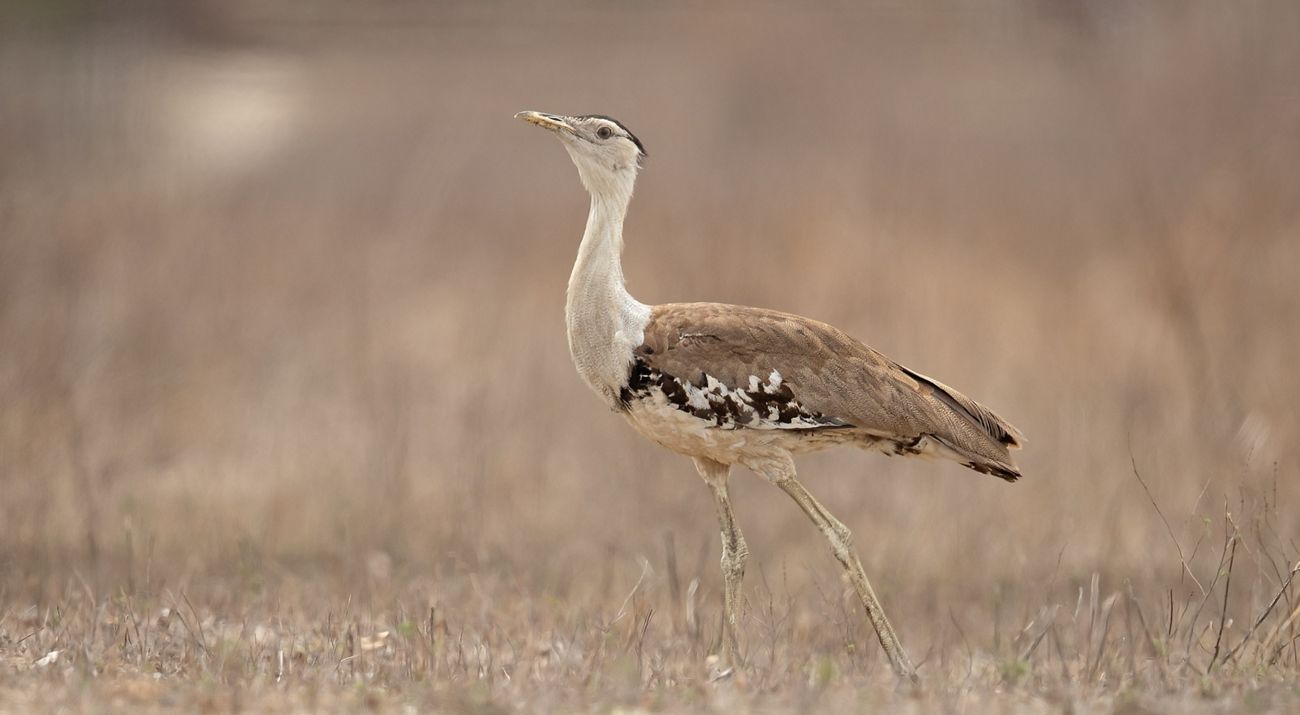There are millions of animal species on earth. Even if you’re a dedicated animal enthusiast, there are many lesser known species that don’t get as much attention as cuddly koalas and charismatic quokkas.
These species may have weird names, but like any other species on earth, they also play a crucial role in keeping our natural environment health and whole.
1. Antechinus
Ante-what? The antechinus are a group of Australian marsupials that looks like a mouse and move like a mouse, and indeed was originally known as the ‘marsupial mouse’.
The scientific name Antechinus (pronounced ant·echi·nus) was first used in 1841. It is derived from the Greek words 'anti' + 'ekhinos'. Most references of 'ant, anti or ante' in Greek and Latin mean 'against' or 'opposed to'. And according to dictionaries 'ekhinos' means sea urchin or hedgehog. The Antechinus definitely has a pointy nose and bristly fur like a hedgehog, but it is not a placental mammal like the hedgehog. So 'Antechinus' means — not a hedgehog.
There are about 15 recognised species of Antechinus. The majority of the species are found on the eastern coast of Australia along the Great Dividing Range.
During mating season, most antechinus species have a reproduction strategy known as semelparity or "big-bang" reproduction. The males breed only once in their lifetime then die soon after mating season. This behaviour is very rare in mammals.
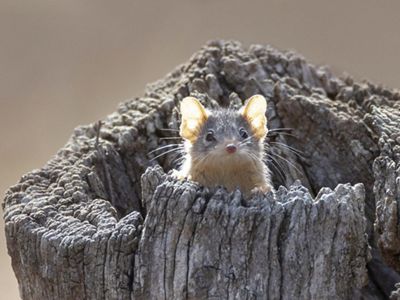
2. Monjon
The Monjon (Petrogale burbidgei) is one of Australia’s smallest rock wallabies. They are just 30 to 35cm long and weigh an average 1.3kg. Only found in a small area of the Kimberley region and nearby islands,
Monjon’s live in caves or other cavities amongst sandstone. Their diet is primarily composed of grasses and ferns. The most significant threats to the Monjon are likely altered fire regimes and possibly predation by feral cats.
Due to the remoteness of their habitat in rugged northwest Kimberley, the Monjon was only discovered in the 1970s.
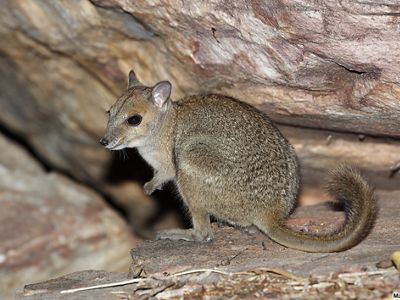
3. Australian Bustard
The Australian Bustard (Ardeotis australis) is one of Australia's largest birds. They’re ground dwelling and mostly found in grassland, woodland and open agricultural country across northern Australia and southern New Guinea. They are now rare in southern Australia. The bustard stands at about a metre high, with a wingspan around twice this length. They’re commonly referred to as the Plains Turkey, and in Central Australia as a Bush Turkey.
The bustard has a 'snobby' appearance as it walks slowly, holding its head and neck high. When disturbed, it will walk away slowly, still watching. When it does fly, the flight is strong, with the ends of the wing feathers characteristically spread and curved up.
If there is a plague of mice or grasshoppers, Australian Bustards will gorge themselves on the plentiful food supply.
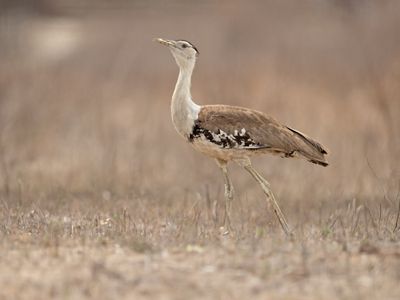
4. Sawfish
You’ve heard of Swordfish, but what about a Sawfish? Sharks and rays are some of the world’s most threatened animals, with a quarter of all species at risk of extinction. Among the sharks and rays, sawfish are some of the most threatened.
The Fitzroy River is home to three species of sawfish – the critically endangered Largetooth Sawfish (Pristis pristis), Green Sawfish (Pristis zijsron) and the endangered Dwarf Sawfish (Pristis clavate). They’re collectively known as Biyal-biyal by the Nyikina and Mangala people in the Kimberley. Our work with these Traditional Owners to create the Walalakoo Healthy Country Plan is helping to safeguard the habitat and flows of the Fitzroy River for these extraordinary fish.
The Largetooth Sawfish is one of the planet’s largest fish, growing to over 6.5m in length! It is a “euryhaline” species — capable of moving freely across a range of salinities from pure freshwater to the oceans. Its life cycle is complex and fascinating, encompassing a wide variety of habitats – floodplains, billabongs, creeks, rivers, estuaries and marine waters.
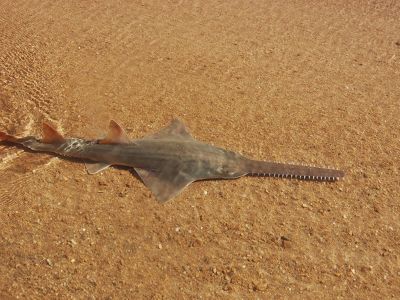
5. Nabarlek
The Nabarlek (Petrogale concinna) is also known as the Pygmy Rock-wallaby and Little Rock-wallaby. Like its close relative the Monjon, the Nabarlek also a tiny rock-wallaby. Their name comes from the Kunwinjku language of West Arnhem Land.
One thing that sets the Nabarlek apart from most other macropods — other than their tiny stature — is that they can replace their molar teeth regularly, which helps them chew grasses and flowering plants called sedges.
Their habitat is made up of scrubby vegetation over sandstone formations, granitic outcrops, boulder piles and rocky slopes. They’re an endangered species, as their populations are isolated and they’re a perfect target for feral cats.
They can only be found in the Top End of Northern Territory and in the Kimberley.
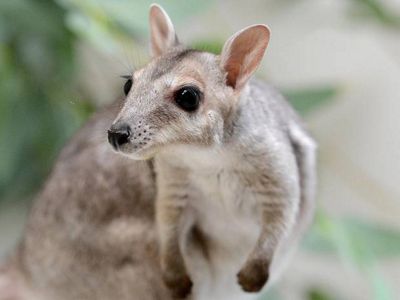
They can’t afford to wait—and neither can we
$75 could support conservation on 150 hectares of habitat for the Nabarlek.
Make a generous gift today and together, we can help protect the habitat of lesser known species like the tiny doe-eyed Nabarlek.
DONATE NOW >

6. Western Gobbleguts
We’ve all been a gobbleguts at times, but this fish takes the cake! The name Gobbleguts (Apogon rueppellii) was given to this family of Cardinalfish because it appears as though the male is eating his babies!
During courtship and spawning, Gobbleguts’ pair up. As mouthbrooders, the male is usually responsible for incubating the eggs – hence the appearance of eating its babies. He may incubate between 50 and 230 fertilised eggs for about two weeks until they hatch.
They are small fish, growing to a maximum size of 12cm. It’s the most abundant fish species in shallow seagrass beds around Perth up to the Northern Territory and Papua New Guinea.
7. Plains-wanderer
The Plains-wanderer (Pedionomus torquatus) is one of Australia’s rarest, least known and most threatened birds. Looking for all the world like a quail (at least to the untrained eye) this critically endangered species is in fact a strange shorebird.
In biological terms, it’s closest to (though still distant from) the seedsnipes of South America.
In fact, the Plains-wanderer is so unusual, it is not just the only species in its genus, but also the only species in its entire family. That makes it as unique as the Numbat, Platypus or the extinct Thylacine (Tasmanian Tiger).
Plains-wanderers are entirely dependent on native grasslands for their survival. They're quite particular about where they live. The loss of native grasslands is a major threat to their survival. And it’s not just losing habitat that’s a problem — it’s the type of habitat that remains. If the grass cover becomes too thick, or too thin, Plains-wanderers leave the area.
Sadly, their natural habitat has been largely destroyed or degraded by clearing, overgrazing by livestock and by introduced grasses.
Suitable parts of the Riverina area of southern News South Wales, Gayini , a property The Nature Conservancy has helped to protect, are one of the only places left supporting these birds.
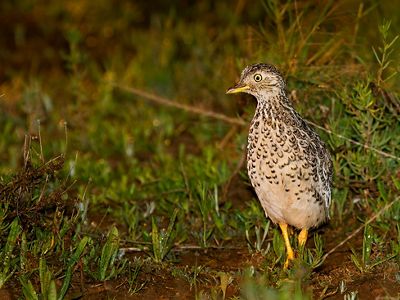
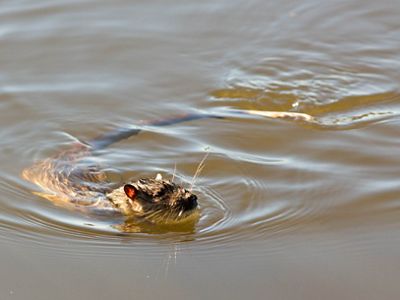
8. Rakali
Also known as a Water-rat, the Rakali (Hydromys chrysogaster) is a large native rodent grows up to 70 cm long, from nose to white-tipped tail. It has a flattened head, partly webbed hind feet and water repellent fur that also offers insulation.
Native to eastern, northern and south-western Australia as well as New Guinea, the Rakali occupies a unique niche somewhat similar to otters found on other continents.
Nocturnal and semi-aquatic, it lives in burrows on the edges of rivers, lakes and estuaries and feeds on insects, fish, crustaceans, molluscs, frogs, birds’ eggs and water birds. This well-adapted semi-aquatic and territorial species can become very aggressive in high-density populations as they are mostly solitary.
9. Euro
A widespread subspecies of the Common Wallaroo, is the Euro (Osphranter robustus erubescens). That’s right. The Euro isn’t just currency, it’s also a type of macropod (the family that includes kangaroos and wallabies). The word "wallaroo" is from the Dharug “walaru”.
Most wallaroos are a little smaller than a kangaroo and a little bigger than a wallaby. They’re fairly thick-set, and found in open country.
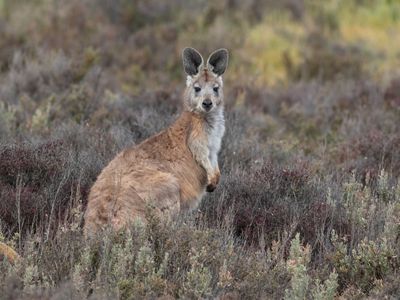
Australia’s lesser known species need your help
Make a generous gift today and together, we can help conserve the habitat vital to the survival of Australia's precious native species.
DONATE NOW >
10. Woylie
The endangered Woylie (Bettongia penicillata) or Brush-tailed Bettong is an extremely rare, rabbit-sized marsupial, only found in Australia. The name is derived from “walyu” in the Nyungar language. Bushmen also called Woylies "farting rats", inspired by the abrupt noise it makes when disturbed.
As with the potoroos and other bettong species, the Woylie has a largely fungivorous diet and will dig for a wide variety of their fruiting bodies. When the Woylie was widespread and abundant, they likely played an important role in the dispersal of fungal spores within desert ecosystems that helped native flora grow.
Like many small Australian marsupials, predation from the introduction of foxes and cats caused their rapid decline. Other factors include disease, competition with rabbits for food, changes in fire regimes and impact from grazing animals accompanies by land clearing for agriculture.
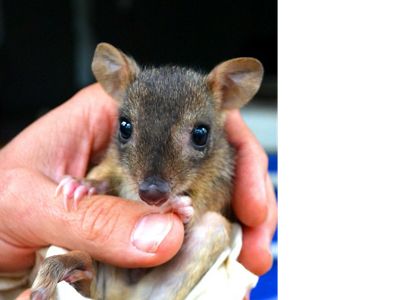

11. Angasi Oyster
You may be familiar with the taste of the Sydney Rock Oyster and Pacific Oyster, but have had Australia’s lesser known native, the Angasi Oyster Ostrea angasi)? Also known as the Australian Flat Oyster, it’s endemic to southern Australia, ranging from Western Australia to southeast New South Wales and around Tasmania.
They’re a large ‘flat’ oyster related to the Belon Oyster from France. Both are recognised by oyster connoisseurs as some of the best in the world.
Australia’s shellfish reefs, made from billions of native oysters and mussels, thrived in Australia’s bays and estuaries. Now less than 10% remain, making them an endangered marine ecosystem. Decades of commercial dredging, pollution and overfishing decimated these vital reef habitats, once home to hundreds of marine species. One shellfish reef type — created by the Angasi Oyster — is reduced to just one functioning reef system — at Georges Bay, St Helens in Tasmania.
Commercially, there are few producers farming them now, so they’re still rare to find in markets. Learn more about shellfish reefs.
12. Common Spotted Cuscus
Cuscuses are some of the most adorable marsupials on the planet. The spotted variety are a ball of white and caramel fluff. They live all over New Guinea and in rainforests in parts of Queensland’s Cape York Peninsula.
Cuscus are slow-moving and somewhat sluggish and about the size of a house cat.
Their striking coat is what makes the Common Spotted Cuscus (Spilocuscus maculatus) one of the world’s prettiest marsupials, but it also makes it stand out like a beacon in the forest canopy.
So how does this golden possum hide from predators during the day? When tree hollows are hard to come by, they’ve been observed sleeping on tree branches with its head between its legs and a large palm frond wrapped around itself like a green blanket.
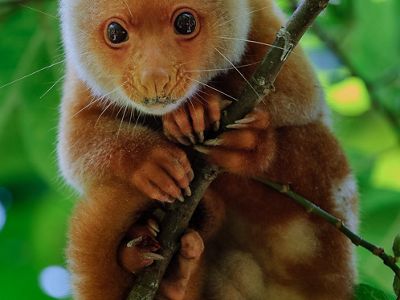
13. Mulgara
Closely related to the Tasmanian devil and quolls, the Mulgara are marsupial carnivores. There are two species, the Brush-tailed Mulgara (Dasycercus blythi) and Crest-tailed Mulgara (Dasycercus cristicauda). They live in deserts and spinifex grasslands of arid Australia.
They’re mostly nocturnal, but have been known to occasionally "sunbathe" in the entrance of the burrow in cold weather.
Mulgara is carnivorous eating a range of insects, scorpions, centipedes, rodents, small marsupials and reptiles.
They’re found in Australia’s central and western deserts.
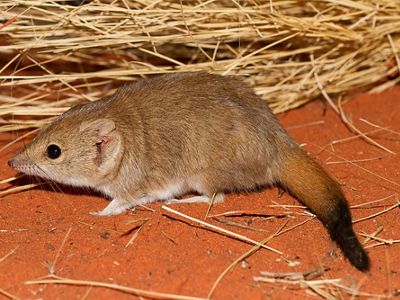
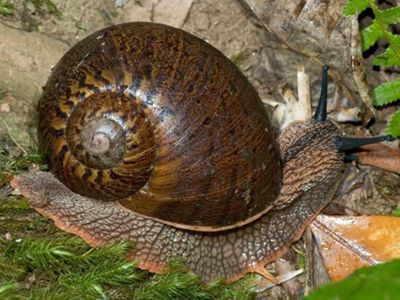
14. Giant Panda Snail
Australia’s slowest tennis ball. The Giant Panda Snail (Hedleyella falconeri) is the largest species of land snail to be found in Australia. What’s more, it dates back to the Gondwana age when Australia was still attached to Antarctica and India.
Found in subtropical eastern Australia from Smiths Lake in New South Wales to just north of Brisbane. Its western limit is the Great Dividing Range. It lives on the forest floor among leaf litter and mossy logs.
Like other snails it is more active during and after rain to prevent water loss from its soft body.
15. Pademelon
Nope, it's not a fruit. The name Pademelon, is derived from the word "badimaliyan", from the Dharuk Aboriginal language of Port Jackson, NSW.
Part of the same family as wallabies and kangaroos, the pademelon is a small marsupial. There are three species found in Australia and a further four in New Guinea. Once hunted by Aboriginals and settlers for their meat and soft fur, today the pademelon is threatened by predators and land clearing.
Pademelons are like the watchdogs of the forest – they’ll thump the ground in alarm with their back legs, warning other creatures of approaching danger!
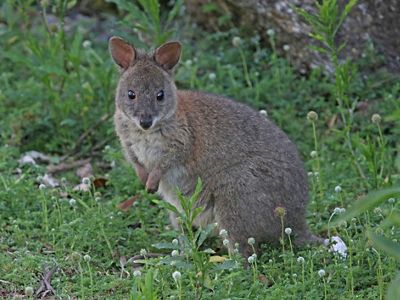
Make a generous today to put the best conservation science into action right now.
$75 could support conservation on 150 hectares of habitat for the Nabarlek. Together, we can help lesser known species like the tiny doe-eyed Nabarlek survive.
